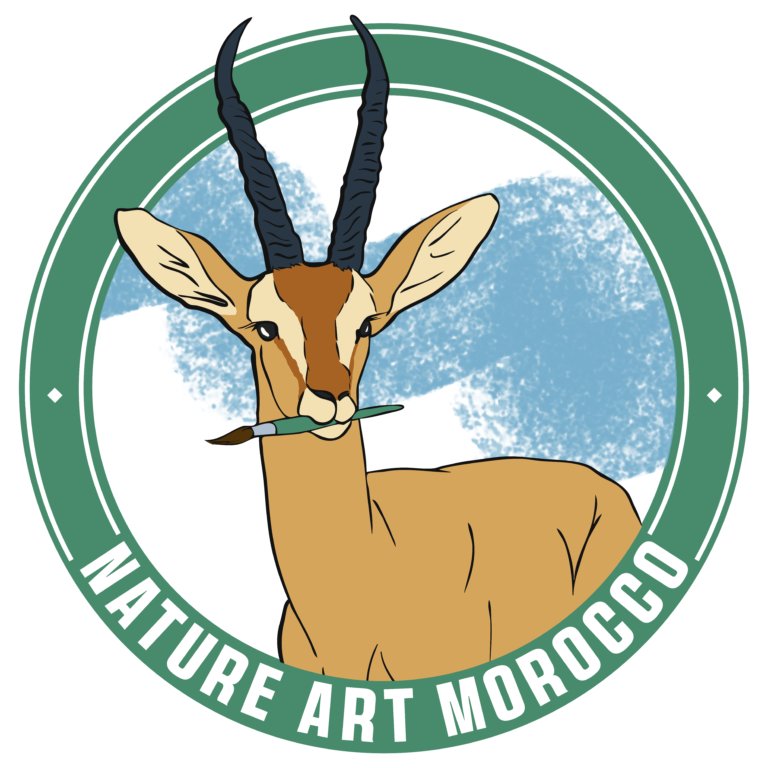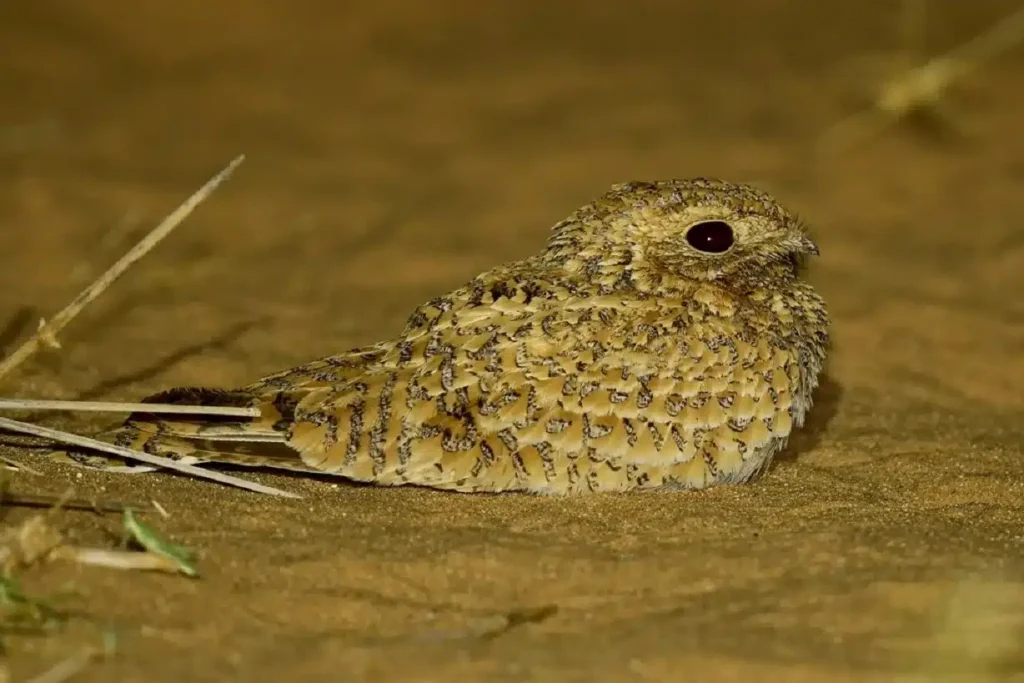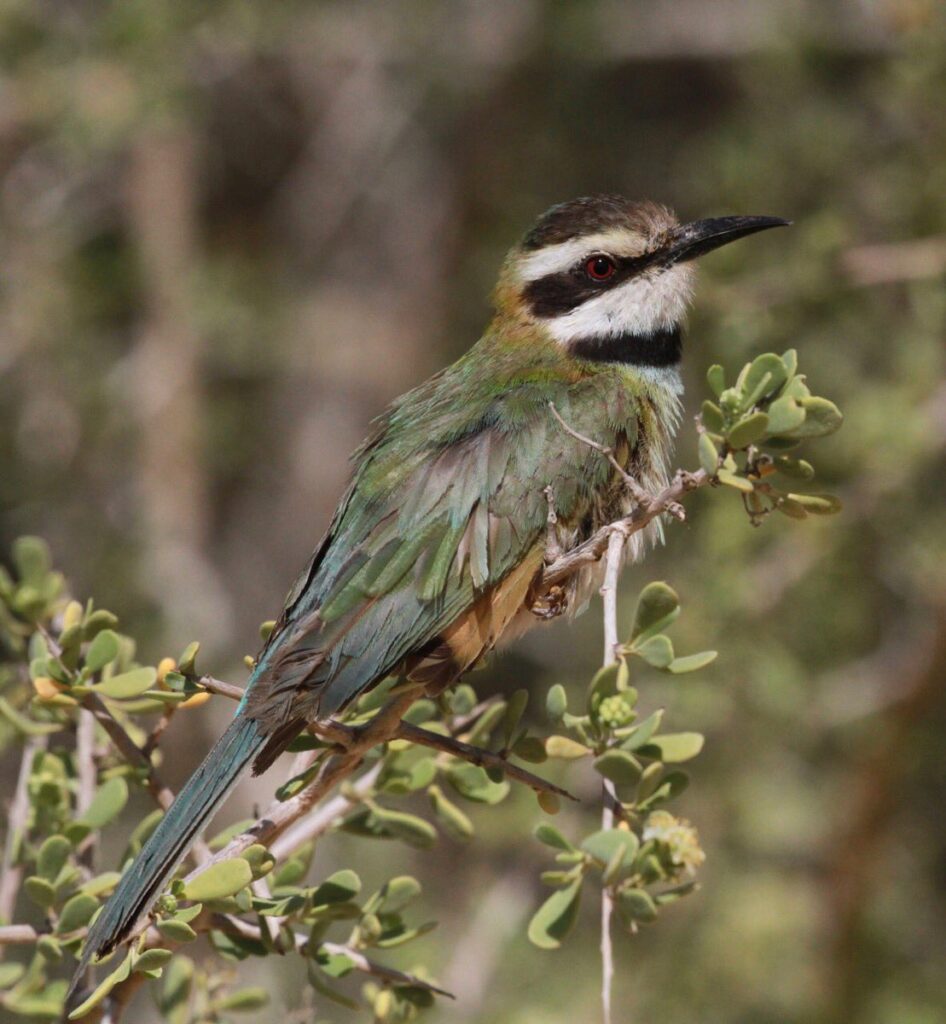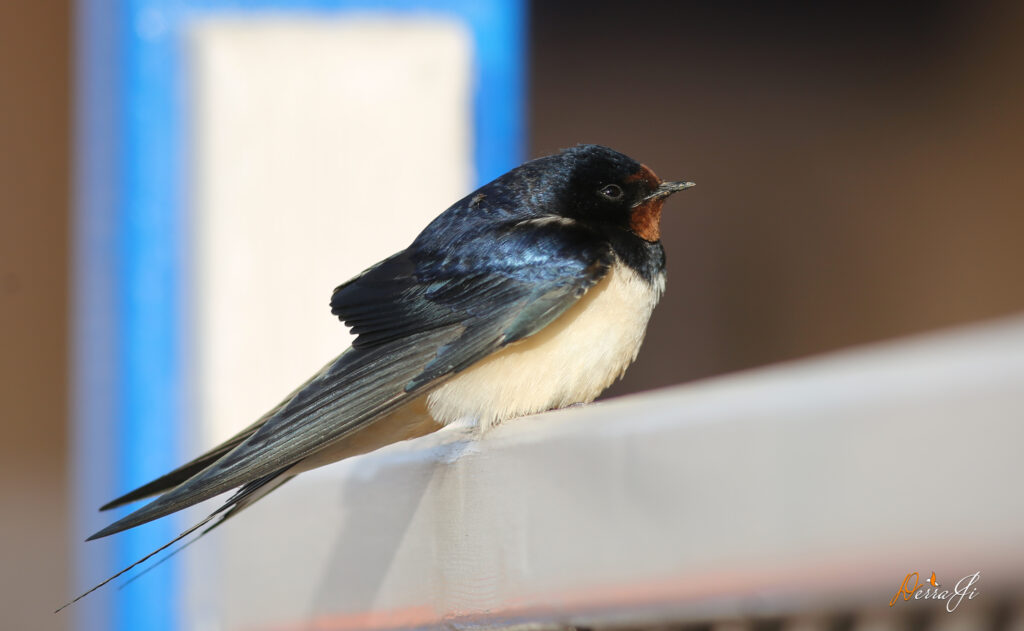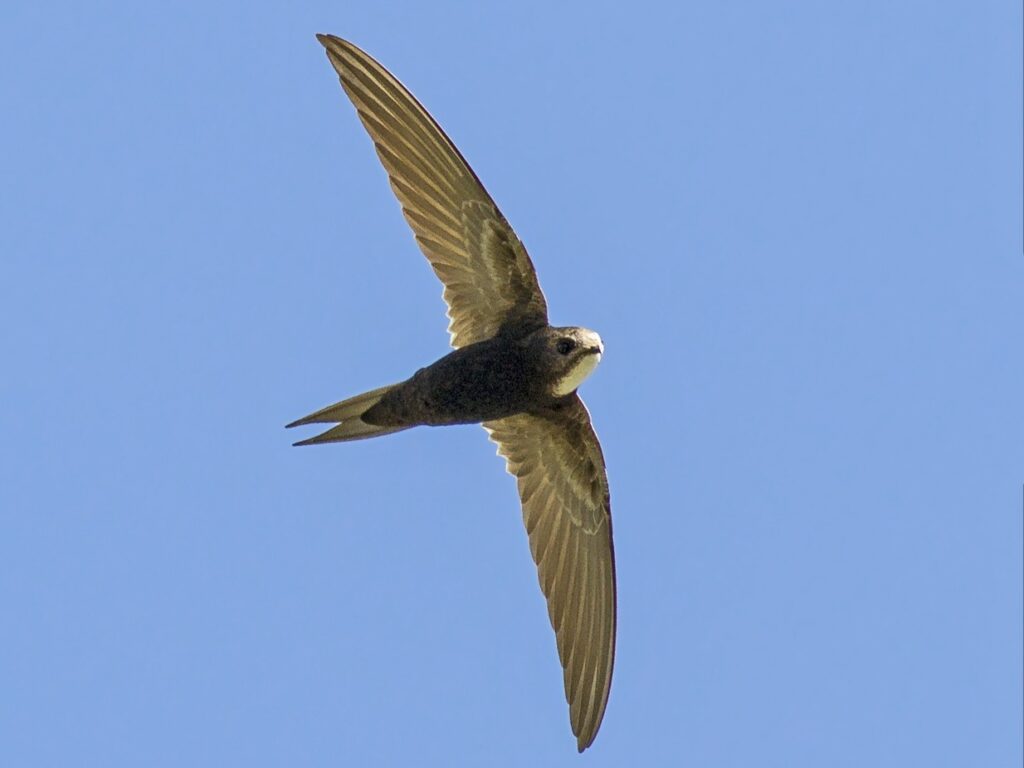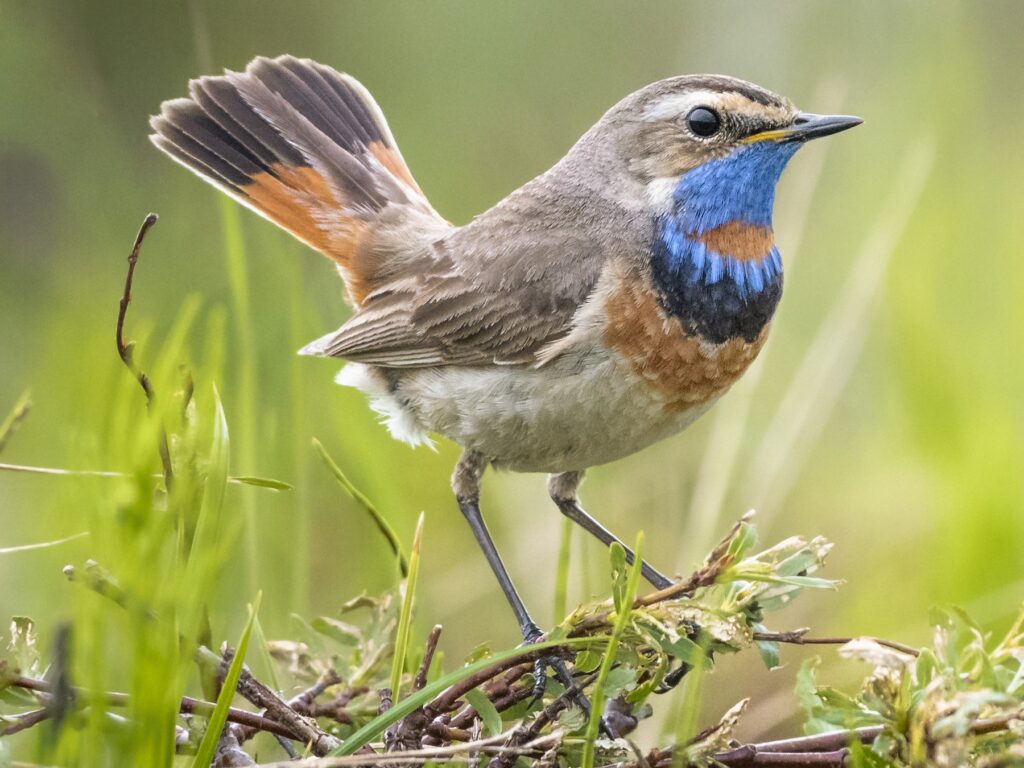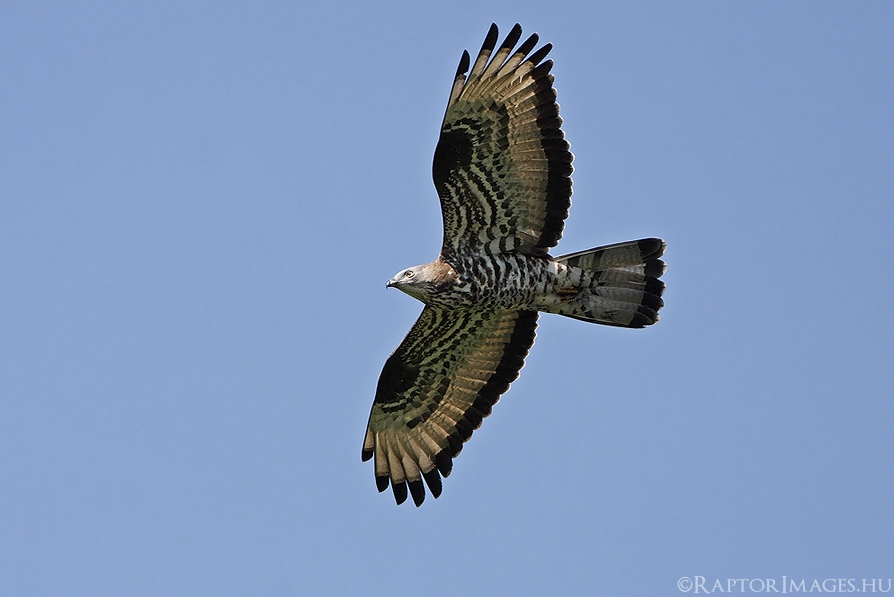
Each year, World Migratory Bird Day (WMBD) serves as an opportunity to raise awareness about the importance of preserving migratory birds and their habitats. In this year’s edition, WMBD introduces a groundbreaking focus on the interdependence between migratory birds and insects, shedding light on the concerning decline of insect populations. Recognizing insects as vital energy sources for migratory birds throughout their extensive journeys, the campaign underscores the profound impact of insect abundance on migration patterns and success rates. By raising awareness and promoting action, WMBD aims to protect the ecological balance between birds and insects, ensuring their continued survival and contributions to ecosystem health. And what better way to bring to light these issues than art !! Art is a great expressive tool that speaks to a large audience across the age, social, and educational spectrum. This year I had the opportunity to work on a WMBD poster for the largest Moroccan Bird Conservation NGO: GREPOM/BirdLife Maroc.
The poster’s idea was inspired by the 2020 WMBD designed by Sherrie York (featured below). Since the day I saw this poster, the concept of portraying birds in any other position than flying became odd. Since many of these birds can catch insects midflight, I thaught drawing some of these birds hunting in the skies, mouths wide open, would be worth giving it a try. The choice of which species to draw was rather easy since this year’s theme focuses on insects, narrowing the field down to the insect-eating, migratory birds flying through Morocco. Here is what I came up with, after 22+ hours of drawing.
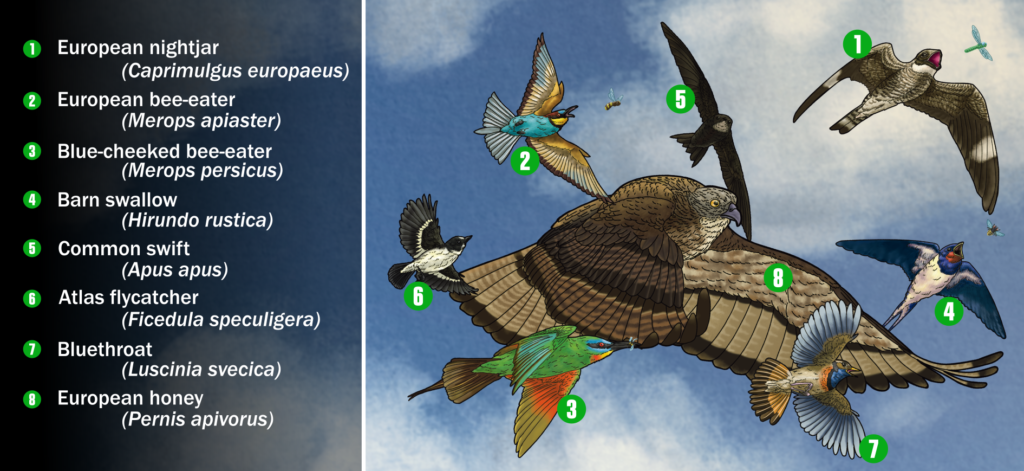
Nightajrs:
Nightjars are a fascinating group of birds known for their cryptic plumage and unique behaviors. These birds are found worldwide, inhabiting diverse habitats such as forests, grasslands, and scrublands. Nightjars are primarily crepuscular or nocturnal, meaning they are most active during dawn and dusk or throughout the night. Their cryptic plumage provides excellent camouflage, allowing them to blend seamlessly into their surroundings as they hunt for insects on the wing. Nightjars have wide mouths adapted for catching flying insects, and their distinctive calls can often be heard echoing through the night. These birds play important roles in ecosystem functioning by controlling insect populations, making them valuable allies in natural pest control. Morocco is home to two species of nightjars, and two other species are considered occasional breeders.
-
- Red-necked Nightjar (Caprimulgus ruficollis)
-
- European Nightjar (Caprimulgus europaeus)
-
- Egyptian Nightjar (Caprimulgus aegyptius)(Occasional Breeder)
-
- Golden Nightjar (Caprimulgus eximius)(Occasional Breeder)
Bee-eaters:
Bee-eaters are vibrant birds belonging to the family Meropidae. Renowned for their striking plumage and aerial acrobatics, bee-eaters are found in various habitats across the world, including grasslands, savannas, and woodlands. These colorful birds are named for their primary diet of bees and other flying insects, which they catch mid-air with remarkable precision. Beyond their captivating appearance and behavior, bee-eaters play essential roles in ecosystem balance by helping control insect populations. Three species of bee-eaters could be found in Morocco, one of which is an accidental visitor.
- European Bee-eater (Merops apiaster)
- Blue-cheeked Bee-eater (Merops persicus)
- White-throated Bee-eater (Merops apiaster)(Accidental Visitor)
Swallows:
Swallows are agile birds belonging to the family Hirundinidae, known for their sleek, streamlined bodies and impressive aerial maneuvers. These unique creatures are found on every continent except Antarctica, inhabiting a wide range of habitats, from open fields and grasslands to wetlands and urban areas. With their slender, pointed wings and forked tails, swallows are perfectly adapted for catching prey on the wing, making them highly efficient aerial hunters. These charismatic birds play vital roles in ecosystem health by helping control insect populations, making them valued allies in natural pest control efforts. In Morocco, you can spot up to 8 species.
- Northern House Martin (Delichon urbicum)
- Red-rumped Swallow (Cecropis daurica)
- Barn Swallow (Hirundo rustica)
- Eurasian Crag Martin (Ptyonoprogne rupestris)
- Pale Rock Martin (Ptyonoprogne obsoleta)
- African Plain Martin (Riparia paludicola)
- Collared Sand Martin (Riparia riparia)
- Tree Swallow (Tachycineta bicolor)
Swifts:
Swifts are remarkable birds known for their superb aerial abilities and distinctive appearance. Belonging to the family Apodidae, swifts are found worldwide and are often seen soaring high in the sky above open landscapes, forests, and urban areas. Unlike many other birds, swifts spend most of their lives in flight, even sleeping and mating on the wing. As it is with all the birds in the poster, swifts feed exclusively on insects caught in mid-air, using their wide mouths and bristle-like tongues to snatch prey as they fly. Swifts are highly migratory birds, undertaking long-distance journeys between breeding and wintering grounds, often covering thousands of kilometers. In Morocco, there are 8 species of swifts are recorded.
- Common Swift (Apus apus)
- White-rumped Swift (Apus caffer)
- Little Swift (Apus affinis)
- Plain Swift (Apus unicolor)
- Pallid Swift (Apus pallidus)
- Chimney Swift (Chaetura pelagica)
- Alpine Swift (Tachymarptis melba)
Flycatchers:
Old World flycatchers are a diverse group of small to medium-sized birds belonging to the family Muscicapidae, found across Europe, Asia, Africa, and Australasia. These birds are known for their insectivorous diet, primarily feeding on flying insects such as flies, mosquitoes, and beetles. Old World flycatchers are known for their wide range of plumage patterns and colors, from subdued browns and grays to vibrant hues of blue, orange, and yellow, depending on the species. Many species are renowned for their melodious songs and elaborate courtship displays during the breeding season. These birds play important roles in ecosystem functioning by helping control insect populations, making them valuable contributors to natural pest control efforts. Around 27 species were sited in Morocco.
Honey Buzzards:
Honey buzzards are fascinating birds of prey belonging to the family Accipitridae, characterized by their slender bodies, broad wings, and distinctive plumage patterns. These raptors are known for their specialized diet, which primarily consists of wasp larvae and honeycombs, giving them their name. Despite their predatory nature, honey buzzards are also known to feed on fruit, making them versatile foragers. Only one species of Honey Buzzards live in Morocco : Europena Honey Buzzard (Pernis apivorus)
In conclusion, …
This year’s campaign highlights the interdependence between migratory birds and insects, underscoring the impact of insect abundance on migration patterns and success rates. Insects are vital to the survival of birds and numerous other animals, serving as a crucial source of food and energy. They play essential roles in ecosystem functioning, contributing to nutrient cycling, pollination, and pest control. However, recent declines in insect populations worldwide pose a significant threat to biodiversity and ecosystem stability. As insect numbers dwindle, birds and other insect-eating animals face food shortages, leading to decreased reproductive success and population declines. This disruption can have a serious effect on the entire food chains, affecting predators, prey species, and ecosystem dynamics. Urgent conservation efforts are needed to address the root causes of insect declines and safeguard the numerous animals, plants and humans that depend on them.
If you’ld like to get to know more about bird migration, I highly encourage you to participate in the World Migratory Bird Day celebration oragnised at Rabat the 10th and 11th of May.
References :
- Patrick BERGIER, Michel THÉVENOT, Abdeslam RIHANE, Mohamed Aziz EL AGBANI & Abdeljebbar QNINBA. Liste des oiseaux du Maroc. Mise à jour mai 2017 (rév. 4.0). https://www.researchgate.net/publication/316740501_Liste_des_oiseaux_du_Maroc_Mise_a_jour_mai_2017_rev_40
- 4 Golden Nightjars at Oued Jenna, Aousserd: detailed report. https://magornitho.org/2016/04/caprimulgus-eximius-aousserd/
White-throated Bee-eater at Dakhla: 2nd WP record. https://magornitho.org/2017/03/white-throated-bee-eater-dakhla-bay/ - Franck CHEVALIER, Abdeljebbar QNINBA & Patrick BERGIER.Afflux de Bondrées apivores (Pernis apivorus) et autres espèces près de Dakhla, Sahara Atlantique, lors d’un fort épisode de sirocco. Go-South Bull. (2015), 12, 39-45. https://go-south.grepom.org/wp-content/uploads/2015/05/gsb_12_39-45.pdf
- Mohamed RADI, Batoul M’HAMDI, El Mustapha LAGHZAOUI & El Hassan EL MOUDEN. Diversité, utilisation des habitats et reproduction des passereaux dans le plateau de l’Oukaïmeden (Haut Atlas, Maroc). Go-South Bull. (2023), 20, 15-37. https://go-south.grepom.org/wp-content/uploads/2023/06/gsb_20_15-37.pdf
